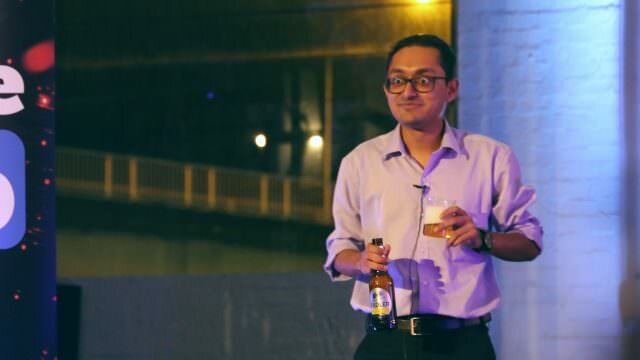Last updated August 8, 2017 at 2:24 pm
The first ever double hand transplant performed on a child has been hailed as a success.
In a world first, doctors have successfully performed a double hand and forearm transplant on an 8-year-old boy, now 10, from the US. In a paper published this week, the boy’s doctors detail his surgery and 18 month-long rehabilitation. This gives new hope to young amputees whose lives might be improved with similar transplants.
Zion Harvey had contracted staphylococcal sepsis at the age of 2 and had his hands and legs below the knee amputated. His kidneys failed as a result of the disease and after 2 years on dialysis, he received a kidney transplant from his mother and was deliberately immunosuppressed in order to minimise the risk of rejection.
While immunosuppressive drugs can cause side effects such as a higher susceptibility to infections and organ damage, in Zion’s case it was beneficial. Prior to his transplant, doctors, psychologists and therapists performed extensive assessments on the potential benefits and risks of performing the transplant. While limb transplants are not essential for life, the changes in quality of life are enormous. For 18 months, Zion was assessed on his health, strength, and psychological readiness for surgery. It was also essential that he was provided with strong family support. Finally, the team decided the risks associated with the transplant would not significantly increase his current immunosuppressive state and were vastly outweighed by the potential benefits.
Once his doctors were convinced that he was ready, Zion was placed on the United Network for Organ Sharing waiting list. Given that blood type, skin, gender and size had to be considered in the search for matches, as well as the donor’s location to reduce amount of time the limbs were without blood supply, only a maximum of 15 potential donors were expected to be available per year in the US. However, after 3 months, his mother received a call from the Children’s Hospital of Philadelphia to come right away – a donor had been found.
The surgery took 10 hours and 40 minutes with 40 people in 4 teams simultaneously working on different parts of the procedure which had been previously rehearsed to ensure the process was efficient and smooth. Two hours immediately after the surgery, Zion had to undergo another one to correct a small complication. But after 18 months of occupational therapy and rehabilitation and despite 8 rejections, all of which were reversed through medication, Zion is finally able to achieve his dreams – to swing a baseball bat and hang from a monkey bar.
Hand transplants are not a new concept. More formally known as vascularised composite allotransplantation of the hand, the first successful case was carried out in 1998. However, the hand was removed in 2001 at the recipient’s request; the recipient had failed to follow through with taking the required immunosuppressive medicine and regularly lost contact with his doctors which caused his body to reject the hand. This brought to attention the importance of assessing the suitability of a transplant candidate not only on their physical condition, but also on their likelihood to follow strict post-operative procedures and their acceptance of the fact that they will never gain full functionality of the limb.
Zion’s case is unique because all previously successful hand transplants had been performed on adults whose motor control functions have already matured. While the crucial periods of neuron mapping in children lie between the ages of 2 to 8, Zion’s surgery has shown that it is possible to recover most (though not all) motor and sensory functions. The researchers also note that there is further scope for study in transplants for young patients who are not immunosuppressed and the long term risks of rejection.
In the meantime, Zion wants to write a letter to the parents of his hands’ donors to thank them, because “they didn’t have to do that if they didn’t want to.” His doctors have praised him for his courage and dedication and learn more from him every day as he continues his recovery. What’s for sure is that, despite the long road to recovery ahead of him, he is an inspiration to the medical field and will always be a pioneer for future paediatric transplants.
Follow us on Facebook, Twitter and Instagram to get all the latest science.






























































































































































































































































